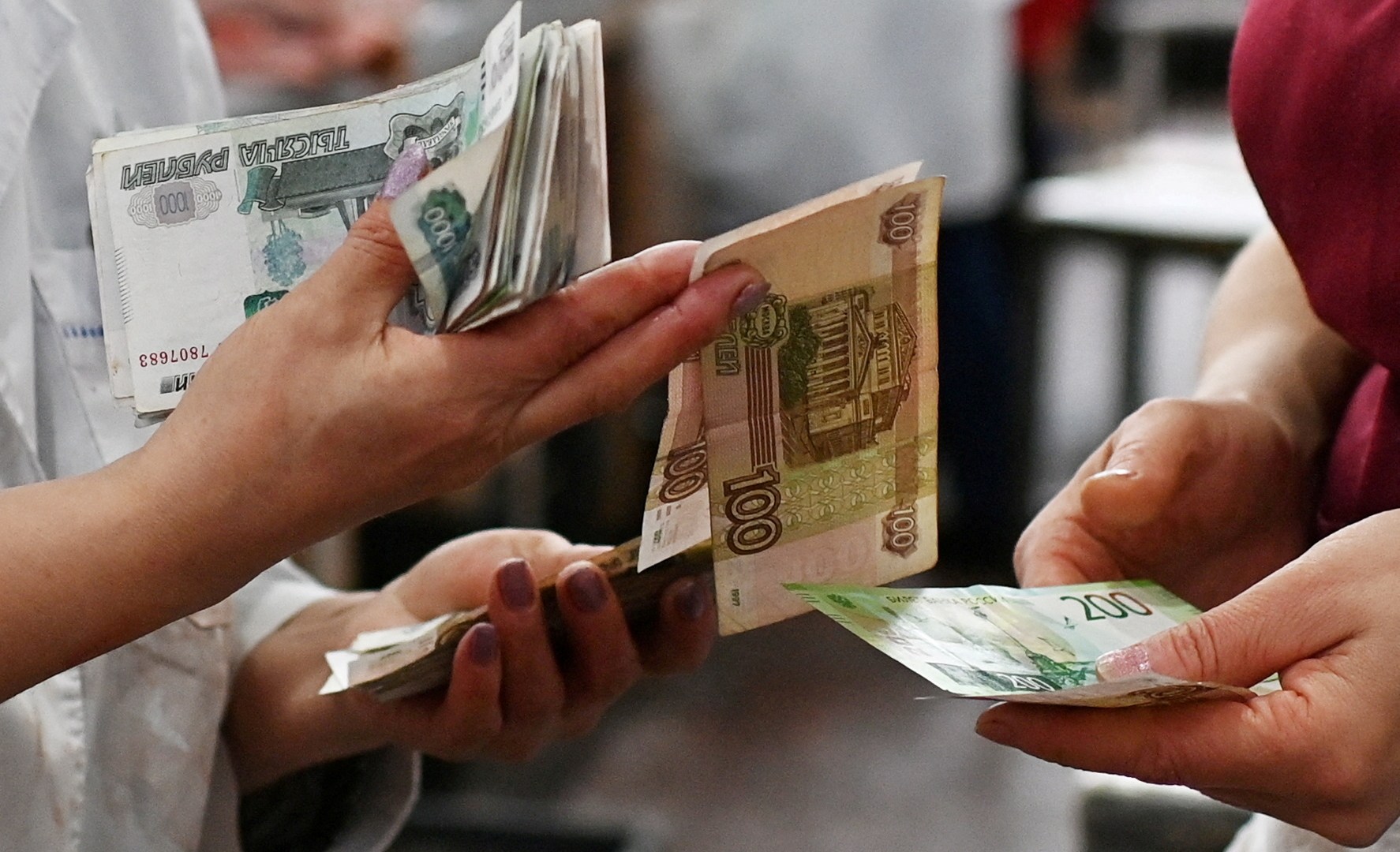
Currency hits 17-month low with Moscow blaming ‘loose monetary policy’.
The Russian rouble has reached its lowest value since the early weeks of the war in Ukraine as Western sanctions on energy exports have begun hitting the economy and weakening demand for the national currency.
On Monday, the Russian currency passed 101 roubles to the dollar, continuing a more than 25 percent decline in its value since the beginning of the year and hitting its lowest value in almost 17 months.
According to a report by Russian state news agency TASS, President Vladimir Putin’s economic adviser, Maksim Oreshkin, blamed the weak rouble on “loose monetary policy”.
He said a strong rouble is in the interest of the Russian economy and a weak currency “complicates economic restructuring and negatively affects people’s real incomes”.
Oreshkin added that Russia’s Central Bank has “all the tools necessary” to stabilise the situation and said he expected normalisation shortly.
At a press conference on Friday, Central Bank Deputy Director Alexey Zabotkin said the bank is adhering to a floating exchange rate because “it allows the economy to effectively adapt to changing external conditions”.
Days earlier, the bank said it would stop buying foreign currency on the domestic market until the end of the year to try to prop up the rouble and reduce volatility.
Russia typically sells foreign currency to counter any shortfall in revenue from oil and natural gas exports and buys currency if it has a surplus.
In January, the rouble traded at about 66 to the dollar but lost about a third of its value in subsequent months.
After Western countries imposed sanctions following the invasion of Ukraine in February 2022, the rouble plunged as low as 130 to the dollar, but the Central Bank enacted capital controls that stabilised its value. By last summer, it was in the 50 to 60 range to the dollar.
On Friday, Zabotkin said international sanctions had cut off a significant amount of imports to Russia, contributing to the rouble’s fall, but he dismissed speculation that capital flight from Russia also was to blame, saying the idea was “not substantiated”.
The Central Bank enacted a big increase of 1% to its key interest rate last month, saying inflation is expected to keep rising and the fall in the rouble is adding to the risk. Zabotkin indicated that the rate – now at 8.5% – could be hiked again at the next meeting on September 15.
https://ift.tt/syEF4XT
Business
Bagikan Berita Ini
















0 Response to "Russian rouble falls to levels seen at start of Ukraine invasion - Al Jazeera English"
Post a Comment